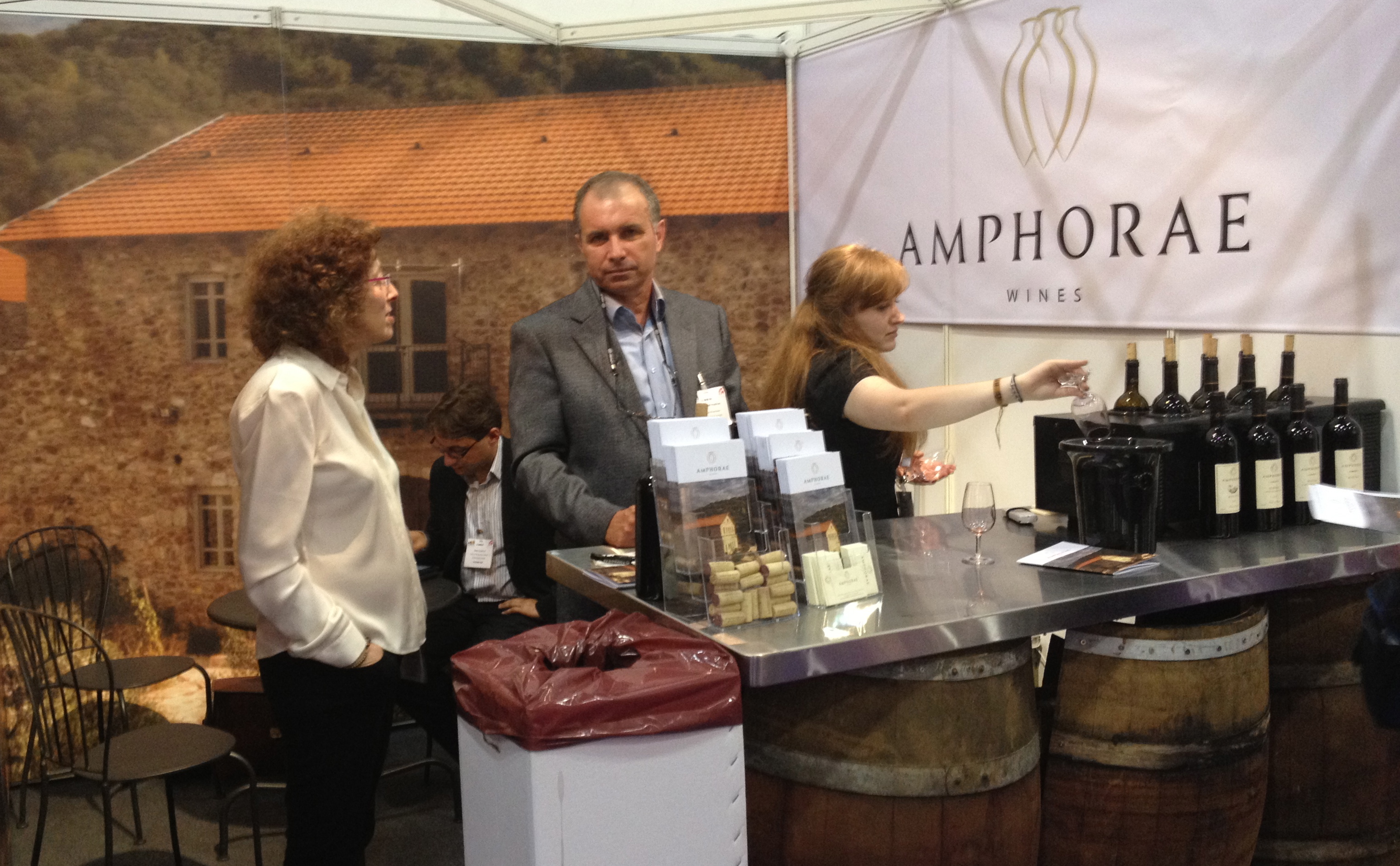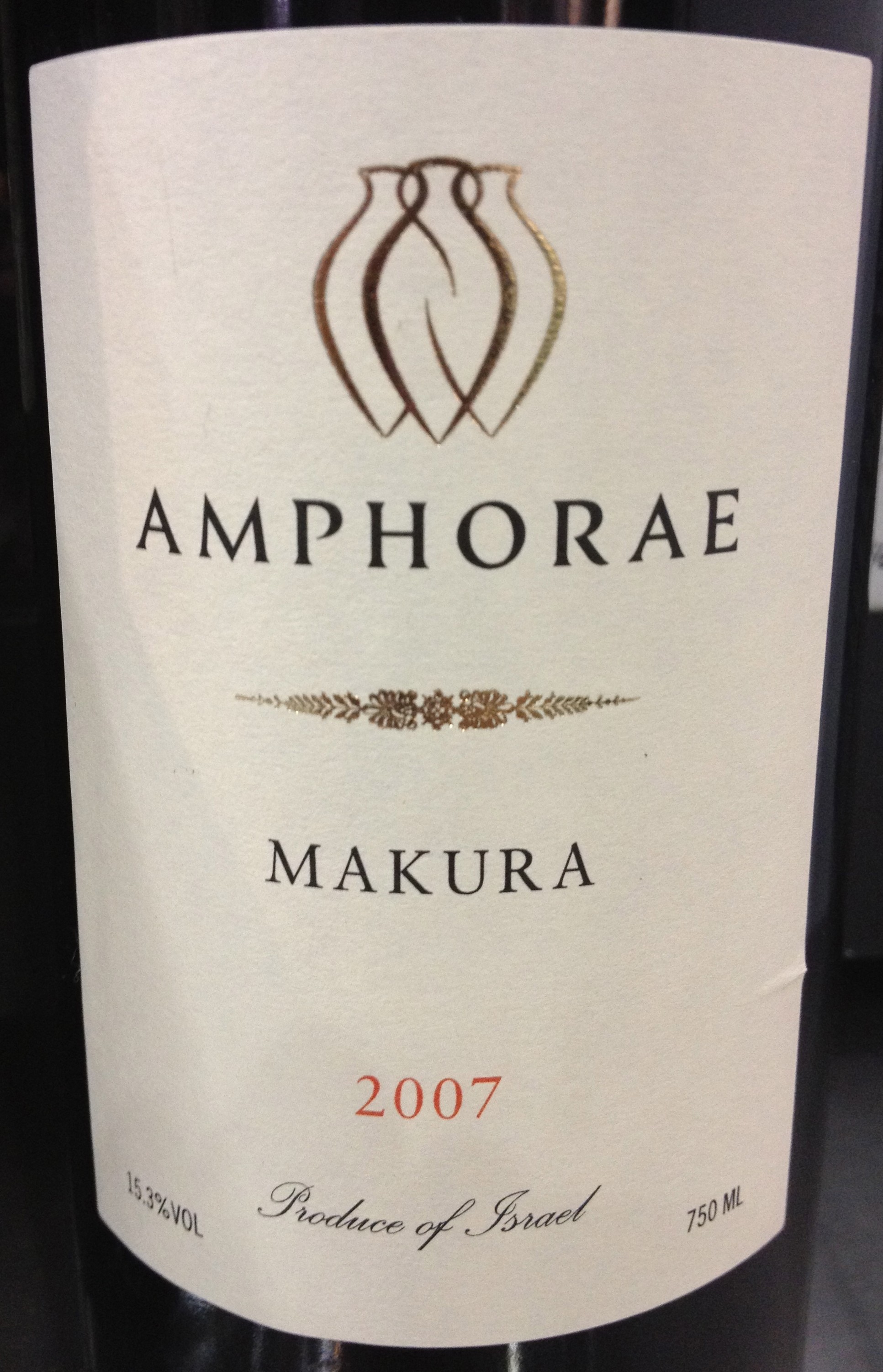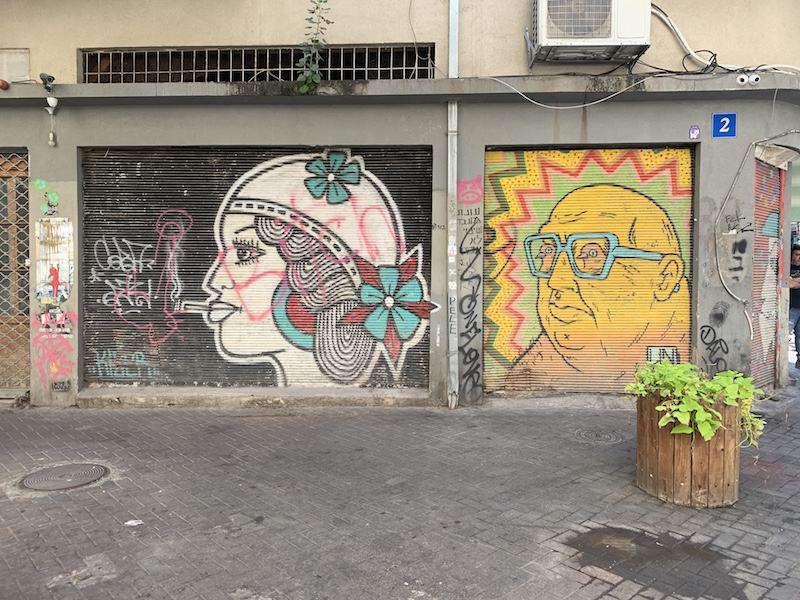Wines from Israel go beyond religious rites
Wines from Israel take mostly the coat of kosher wines exported to suit the orthodox Jewish wine drinkers’ religious needs. Yet, winemaking in modern Israel is not only about pleasing the divinity, but also striving for the best quality at the level of the top wine-growing regions in the world. Not all the best Israel has to offer is being widely exported though, so most of these wines remain undiscovered even for those out-of-the-ordinary seeking wine connoisseurs like myself.

One of such hidden gems is Amphorae Wines at Makura ranch in Israel’s Western Carmel region. It will not be for long before thirsty crowds will taste the sumptuous wines from this winery. One reason was their presence at the London International Wine Fair in 2012 where (alongside with the many Georgian, often by monks-led wineries) they found an importer. Another and perhaps the more stirring point is that since late 2009 Amphorae hired the legendary Bordeaux-bred wine consultant – Michel Rolland, and he creates wines that sell.
The secrets of making concentrated but not overripe wines in Israel are:
- growing grapes at higher altitude
- choosing cooler temperatures vineyards (microclimate)
- handpicked and selected grapes
- good winemaker (or a consultant)
Amphorae Wines make intense red but also experiment with white wines. The winemaker is one of the most distinguished ones in the country. Dr. Arkady Papikian has a long history with the wines from Israel and it shows in the product.
Makura is the highest range under the Amphorae label. I have tasted in 2012 three blends of Makura, all 2007 vintage.


First Makura, a blend of Cabernet Sauvignon, Merlot and Syrah was the highest in alcohol (15.3%) adding the power to the wine. Very concentrated red and dark fruit with velvety tannins offset the alcohol. In this vintage the Syrah is the most prevalent from all the grapes in it and it shows on the nose with a seductive smell of violets. Aging in new French oak barrels for 36 months helps to round up the wine so it is well mature when released. Long finish with sweet pinch makes it a highly enjoyable wine on its own or with rich dishes such as meat stews.
Makura Merlot Barbera, where Merlot dominates and Barvera adds natural acidity so no tartaric acid is needed as aditive. The wine indeed had the highest acidity from all I have tasted from Apmphorae (7.05 g/l). Again the wine was aged for 36 months in French oak barrels, most of it new. Black currant on the nose shows off the fruit and proves that there is still lots of fruit flavor left in the wine matured for so long time in barrels. It is fresh (acidity), fruity and has a robust and round body.
Makura Cabernet Sauvignon is according to the winemaker the Amphorae’s best wine. He said about this wine: “It is like a child – beautiful and strong.” Beauty is a subjective feeling, but I definitely agree with the strength I see in all of his wines. The grapes for this wine come from high-altitude Jerusalem Hills (900m) and Manara (650m) assuring freshness and the right ripeness of these grapes. Again aged in new French oak barrels for 36 months and 12 months in the bottle prepares this big wine for the palates of drinkers. High concentration of fruit, high acidity and refreshing tannins do not predict a shy wine. It is a big boy who likes coffee accompanied with earthy aromas.
Rhyton is the winery’s second wine. The winemaker was a bit hesitant about it, but there was no reason. It was not as good as the Makura wines, but cheaper and enjoyable. It can be consumed as soon as it leaves the winery after 24 months old in oak barrels and 10 months bottle ageing. The 2008 vintage had quite tight tannins disclosing the need for longer oak ageing as that could round it up. It is juicy with fresh black currant taste. A slight sourness and dry finish call for some food with it. I would go for something less sour and acidic.

RECENT UPDATES: Always in search for something new and unexpected, my craving had been sated, until I heart about Domaine du Castel. Rumours tweeted to my attention that this winery is making the best Bordeaux-style wines (based on blend of Cabernets with Merlot and sometimes little Petit Verdot) in Israel, so when I spotted a bottle at an acclaimed Eastern Mediterranean restaurant in New York, I ordered the 2019 vintage. If you close your eyes and just savour you think your mouth is filled with a premium growth Bordeaux, indeed this is a great value wine! Grown in the Judean Heights, the stress the vines go through in the rocky and dry region favours the complexity of the fermented product. The altitude appeases the hot summers. This wine is kosher certified as sabbath is strictly observed. One must pray to God for no hails storming through the vineyards on these days of rest! These top wines from Israel prove that the vines can manage without supervision once each week and during religious holidays. They pair wonderfully with the popular Israeli food that has entered almost every western city of a sizeable size.






























































